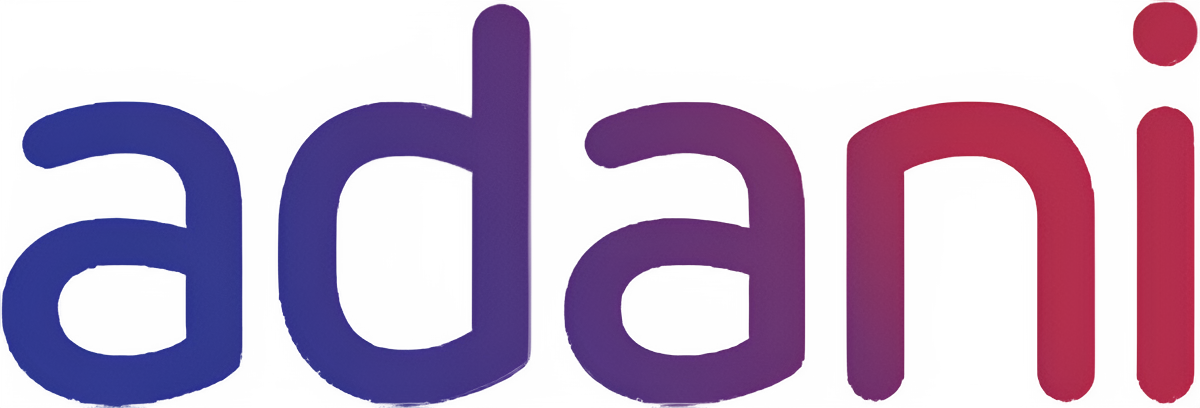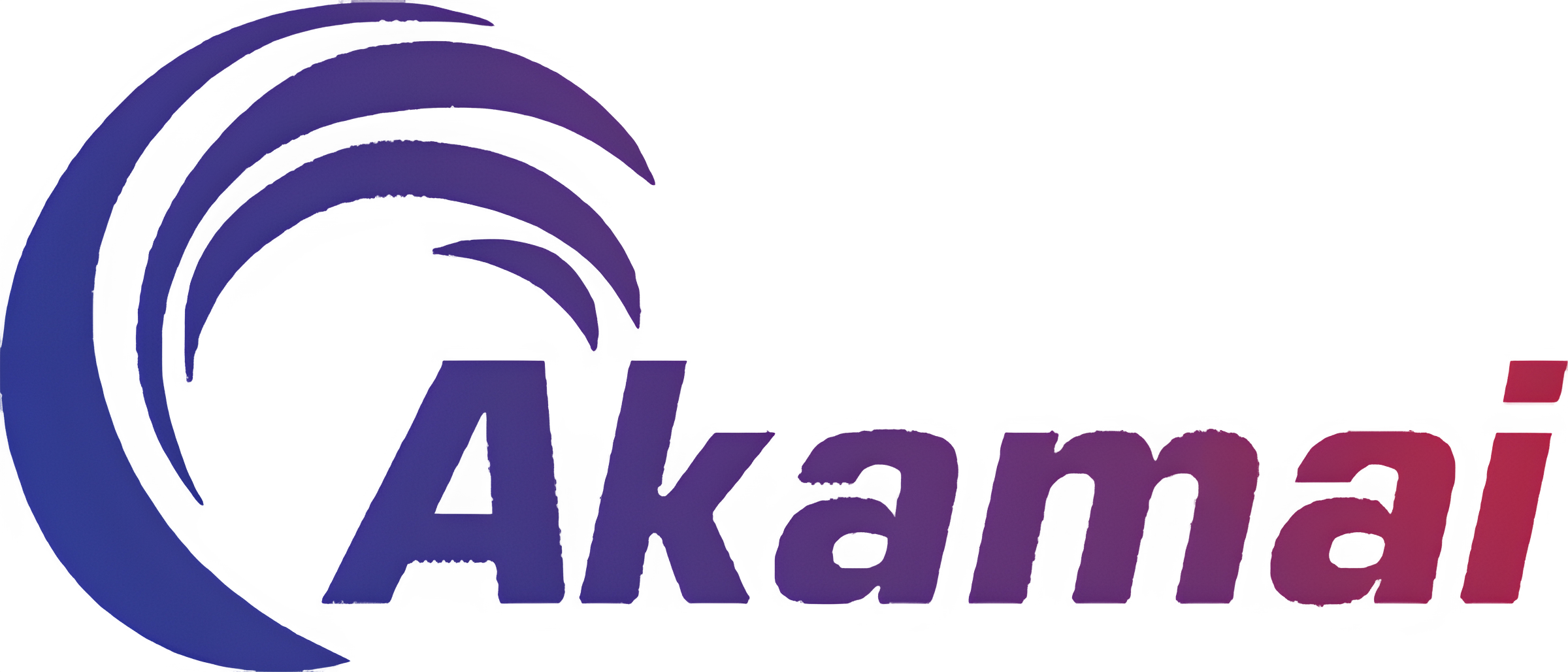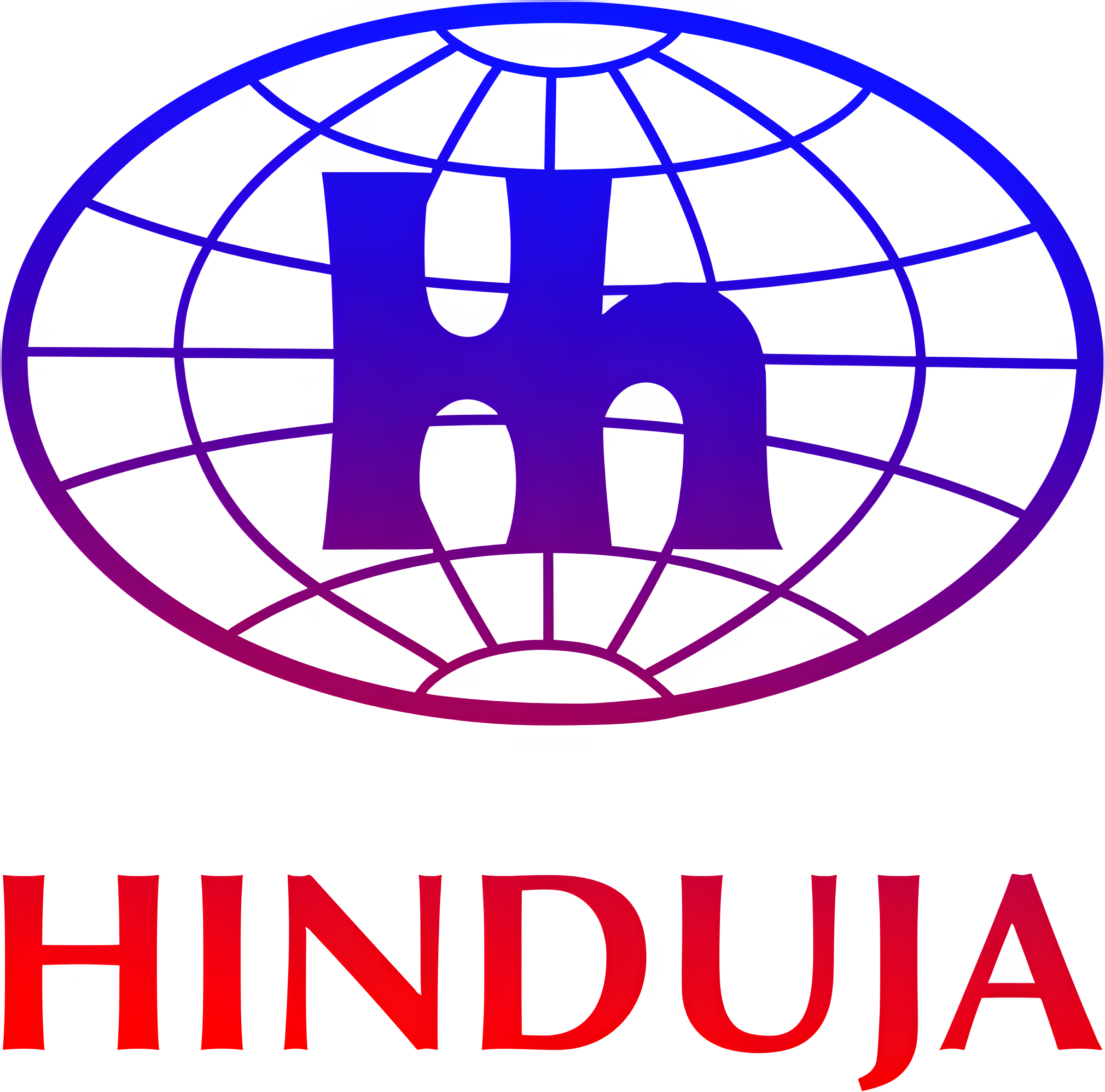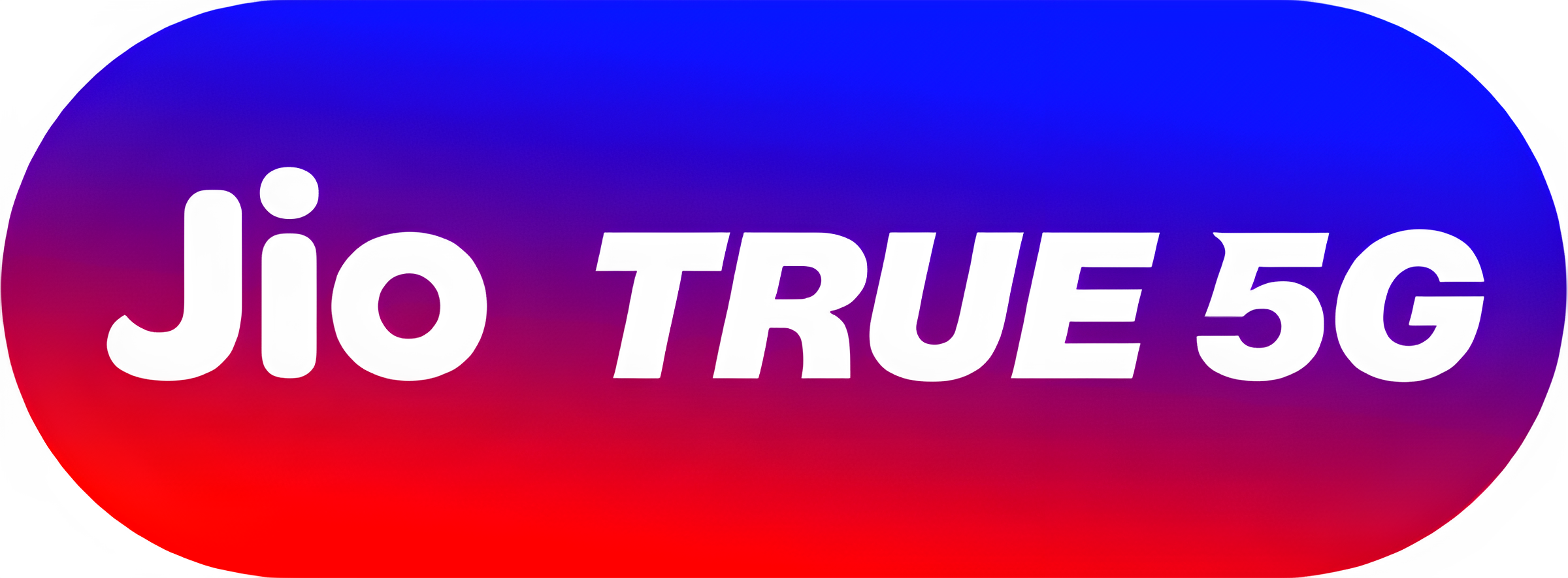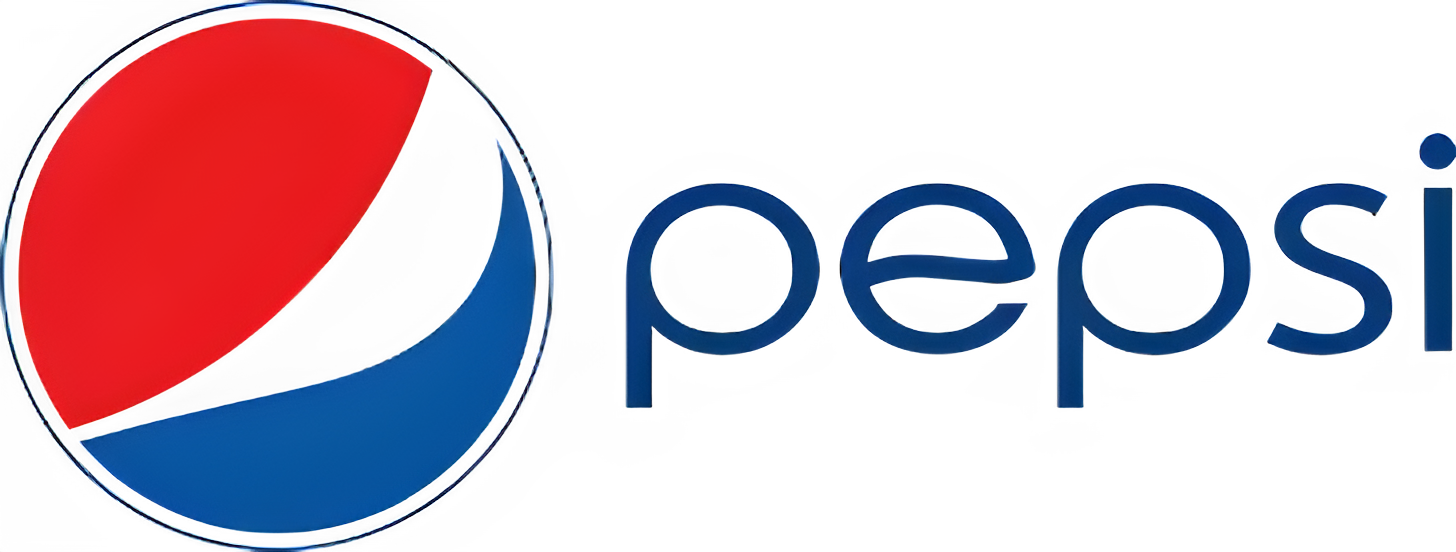Meditation & Mindfulness App Development: A Growing Wellness Trend
In an era marked by constant connectivity and escalating stress levels, the pursuit of mental well-being has become more crucial than ever. People are increasingly turning to digital solutions for stress relief, improved focus, and better sleep. As a result, meditation app development has emerged as a significant segment within the wellness technology landscape. From simple guided breathing exercises to comprehensive mindfulness programs, mobile apps offer users accessible pathways to incorporate meditation into their daily routines. At Dinoustech, we recognize this shift and leverage our expertise as a best mobile app development company to build robust, user-centric meditation and mindfulness platforms that help individuals attain inner peace, one session at a time.
The Rise of Meditation and Mindfulness in Digital Spaces
Mental health awareness has grown exponentially, and with it, the demand for tools that facilitate stress reduction. Traditional meditation classes—while effective—often require fixed schedules and physical attendance. In contrast, meditation apps provide on-demand access to guided sessions, breathing techniques, and sleep meditations, all from the convenience of a smartphone. High-volume search terms such as “Meditation app,” “mindfulness app,” and “guided meditation” reflect widespread interest. For many, the ability to tap a screen and begin a five-minute breathing exercise or a twenty-minute mindfulness session is a game-changer. This democratization of meditation content has spurred entrepreneurs to invest in meditation app development, recognizing the transformative impact on users’ lives and the substantial market potential.
Key Features That Define a Successful Meditation App
Creating a standout meditation or mindfulness app involves more than recording audio and uploading it to an app store. Users expect a personalized journey—one that adapts to their experience level, goals, and lifestyle. A typical successful meditation app includes a variety of guided sessions, ranging from beginner-friendly introductions to advanced silent retreats. In-app features often encompass breathing exercises, progress tracking, and streak counters, which encourage users to build consistent practice habits. Furthermore, integration with wearable devices and sleep trackers enhances functionality by providing data-driven insights into heart rate variability and sleep quality. By analyzing user behavior and feedback, an education app development company can tailor experiences that resonate deeply with end users, converting casual listeners into dedicated mindfulness practitioners.
Crafting an Intuitive User Experience
An intuitive interface is critical for retaining users, particularly when the goal is to foster calmness and reduce friction. Partnering with an affordable web designing company ensures that both web portals and mobile screens adhere to minimalist design principles—soft color palettes, clear typography, and easy-to-navigate menus. When users open a meditation app, they should feel invited rather than overwhelmed. Simple onboarding flows, guided tutorials, and unobtrusive prompts to complete daily sessions contribute to a welcoming environment. Progress bars and subtle animations can reinforce motivation without causing distractions. At Dinoustech, our designers focus on creating seamless user journeys where learners can effortlessly move from a quick breathing exercise to an in-depth mindfulness course, all while maintaining a sense of calm and focus.
The Importance of Content Quality
High-quality audio recordings and expertly crafted scripts form the backbone of any meditation or mindfulness app. Collaborating with certified meditation instructors and mindfulness coaches guarantees content accuracy and legitimacy. Beyond basic guided meditations, apps benefit from offering thematic playlists—such as “Stress Relief,” “Inner Peace,” or “Sleep Support.” High search volume keywords like “sleep meditation,” “breathing exercises,” and “meditation techniques” underscore user interest in diverse content categories. Additionally, incorporating soothing ambient sounds—such as forest ambience, ocean waves, or white noise—enhances user immersion. An education app development company or best software development company like Dinoustech ensures that content management systems allow easy updates, enabling developers to add new courses and categories as mindfulness trends evolve.
Technical Considerations for App Development
Building a meditation app requires careful selection of a technology stack that guarantees performance, security, and scalability. On the backend, serverless architectures—leveraging AWS Lambda, Google Cloud Functions, or Azure Functions—enable cost-effective scaling as user demand fluctuates. Content delivery networks (CDNs) accelerate audio and video streaming, ensuring that guided sessions load smoothly, even on slower connections. For the frontend, cross-platform frameworks like React Native or Flutter can expedite development for both iOS and Android while maintaining native performance. At Dinoustech, we evaluate each project’s unique requirements to recommend an optimal blend of technologies, considering factors such as offline usage, in-app purchases, and integration with wearable devices. By coupling robust APIs with secure authentication protocols (OAuth2, JWT), we create a resilient infrastructure that meets user expectations for reliability and privacy.
Integrations and Third-Party Services
A truly comprehensive meditation app integrates seamlessly with various third-party services to enhance user value. Payment gateways—such as Stripe, PayPal, or Apple Pay—facilitate subscription management and in-app purchases for premium content. Push notification services (Firebase Cloud Messaging or OneSignal) remind users to complete daily meditation streaks or inform them of new guided sessions. Integration with wearable technologies—like Apple Watch, Fitbit, or Garmin—enables automatic tracking of heart rate and stress indicators, allowing personalized session recommendations based on real-time data. Additionally, analytics platforms—Firebase Analytics, Mixpanel, or Amplitude—provide insights into user engagement, retention patterns, and content efficacy. Partnering with a custom website development company ensures that these integrations extend to a web-based dashboard, offering administrators a unified view of user behavior and content performance.
Monetization Strategies for Meditation Apps
To sustain a high-quality meditation app, developers must establish viable monetization models. A freemium model—offering basic guided meditations for free while gating advanced courses behind a subscription—balances accessibility with revenue generation. Subscription tiers—such as monthly, annual, or lifetime access—provide stable recurring income and encourage long-term user commitment. Corporate wellness partnerships offer another avenue, where companies purchase bulk subscriptions for their employees as part of wellness benefits. In-app purchases—selling single sessions or themed playlists—cater to users who prefer à la carte options. Advertising partnerships, though less common in meditation apps due to potential disruptions, can be implemented selectively through non-intrusive banners or sponsored content, provided the ads align with the app’s calming aesthetic. By working with a best software development company, app owners can test different pricing strategies and analyze user responses to optimize revenue streams.
Ensuring Data Security and Privacy
Given the sensitivity of personal wellness data, employing robust security measures is non-negotiable. Meditation apps often collect user profiles, usage patterns, and biometric data from wearables—information that demands careful handling. To safeguard this data, developers must implement industry-standard encryption protocols (TLS/SSL) for data in transit and AES-256 for data at rest. Secure authentication—such as OAuth2, multi-factor authentication, or biometric logins—prevents unauthorized access. Compliance with regional regulations (GDPR in Europe, CCPA in California) requires transparent privacy policies and the ability for users to request data deletion. At Dinoustech, we embed security best practices from the initial architecture design to the final deployment, conducting periodic vulnerability assessments and code reviews to mitigate risks effectively.
UX/UI Best Practices in Meditation App Design
The visual and interactive design of a meditation app directly impacts user engagement. Collaborating with an affordable web designing company ensures a cohesive aesthetic across all touchpoints—web, mobile, and marketing materials. Design elements should include soft pastel color schemes, legible typography, and ample white space to evoke a sense of calm. Animations—such as slow breathing circles or subtle fade-ins—guide users through meditation exercises without generating cognitive overload. Interactive elements like hover states, progress bars, and haptic feedback provide tactile reassurance that the app is responsive to user input. Accessibility features—adjustable font sizes, high-contrast modes, and screen reader compatibility—ensure that users with visual or motor impairments can also benefit from the app. By adhering to these UX/UI best practices, a best mobile app development company like Dinoustech crafts experiences that resonate deeply with mindfulness seekers.
Marketing and User Acquisition
Building an outstanding meditation app is only half the battle; attracting and retaining users is equally critical. App Store Optimization (ASO) ensures visibility for high-volume keywords like “Meditation app,” “mindfulness exercises,” “guided meditation,” and “stress relief.” A captivating app icon, compelling screenshots, and a concise description highlighting key features—sleep stories, breathing exercises, or daily meditations—encourage downloads. Content marketing strategies—such as blog posts on “benefits of meditation” or “how to start a mindfulness practice”—drive organic traffic from search engines. Collaborations with wellness influencers, social media campaigns showcasing user testimonials, and targeted ads on platforms like Facebook and Instagram amplify reach. Email marketing nurtures existing users by announcing new content, seasonal meditation challenges, and exclusive discounts. A custom website development company can optimize landing pages for lead capture, funneling visitors into app downloads or email subscriptions.
Measuring Success Through Analytics
Robust analytics are essential to understand how users engage with meditation apps and to identify areas for improvement. Key performance indicators (KPIs) include Daily Active Users (DAU), Monthly Active Users (MAU), session length, module completion rates, and subscription conversion rates. Heatmaps and session recordings reveal navigation bottlenecks or confusing UI elements. A/B testing—comparing different call-to-action buttons, onboarding flows, or UI layouts—helps refine user journeys based on data-driven insights. By integrating analytics platforms such as Google Analytics for Firebase, Mixpanel, or Amplitude, app owners can track user behavior in real time, monitor crash logs, and send push notifications triggered by specific events—like a user skipping multiple days of meditation. The best software development company applies these data insights to continuously optimize content, features, and user experience, ensuring the app remains relevant and sticky.
Trends Shaping the Future of Meditation Apps
Emerging technologies and evolving user expectations are set to redefine meditation and mindfulness apps in the coming years. Artificial Intelligence (AI) and Machine Learning (ML) can analyze user behavior, recommending personalized meditation paths or adjusting session difficulty based on stress indicators derived from wearable data. Augmented Reality (AR) and Virtual Reality (VR) experiences transport users to immersive natural settings—a forest clearing, an ocean shore—enhancing relaxation and reducing distractions. Voice-activated experiences, powered by digital assistants like Siri or Google Assistant, enable hands-free meditation prompts during workouts or daily chores. Blockchain-based credentialing systems offer secure, verifiable certificates for completing advanced mindfulness courses, increasing credibility among employers and wellness professionals. As Internet of Things (IoT) devices—smart lamps, Alexa-enabled earbuds—become integral to home wellness ecosystems, meditation apps will synchronize with ambient lighting and sound to create ideal relaxation environments. By staying attuned to these trends, Dinoustech helps clients build next-generation solutions that captivate users and drive sustained engagement.
Choosing the Right Development Partner
Selecting an experienced and versatile development partner is crucial for successful meditation app creation. A custom website development company ensures your web-based marketing site, admin portals, and content management systems deliver seamless experiences. Meanwhile, a best mobile app development company like Dinoustech brings specialized knowledge in crafting responsive, performant iOS and Android applications. Partnering with an affordable web designing company guarantees that your app’s branding, UI, and UX remain cost-effective without sacrificing quality. Finally, collaborating with a best software development company ensures robust backend architectures, secure data storage, and smooth integrations with third-party services—such as payment gateways, wearables APIs, and analytics platforms.
When evaluating potential partners, consider their portfolio of wellness and lifestyle apps, client testimonials, and technical expertise in areas such as cloud infrastructure, real-time communication, and security. Dinoustech combines these capabilities to deliver end-to-end solutions: from ideation and UX design to development, testing, and ongoing maintenance. Our multidisciplinary teams work closely with clients to ensure the app aligns with business goals, user needs, and industry standards, resulting in a product that stands out in the competitive wellness space.
Conclusion
Meditation and mindfulness app development represents a compelling intersection of wellness and technology—a space where entrepreneurs, health professionals, and developers can collaborate to promote mental well-being on a global scale. By delivering bite-sized guided sessions, personalized recommendations, and immersive experiences, these apps make mindfulness accessible to anyone with a smartphone. Key features—such as offline access, social learning communities, and integration with wearables—enhance user engagement and foster long-term habits. Monetization strategies, from freemium models to corporate licensing, ensure sustainable growth.
Partnering with the right team—bringing together the expertise of a custom website development company, an affordable web designing company, a best mobile app development company, and a best software development company—is essential for success. Dinoustech Private Limited combines human-centered design, cutting-edge technology, and a deep understanding of wellness trends to create meditation and mindfulness apps that resonate with modern users. As digital well-being continues to gain prominence, now is the time to invest in a meditation platform that not only provides solace and stress relief but also empowers users to build healthier, more balanced lives. Reach out to Dinoustech today to start your journey toward building a transformative wellness app.

